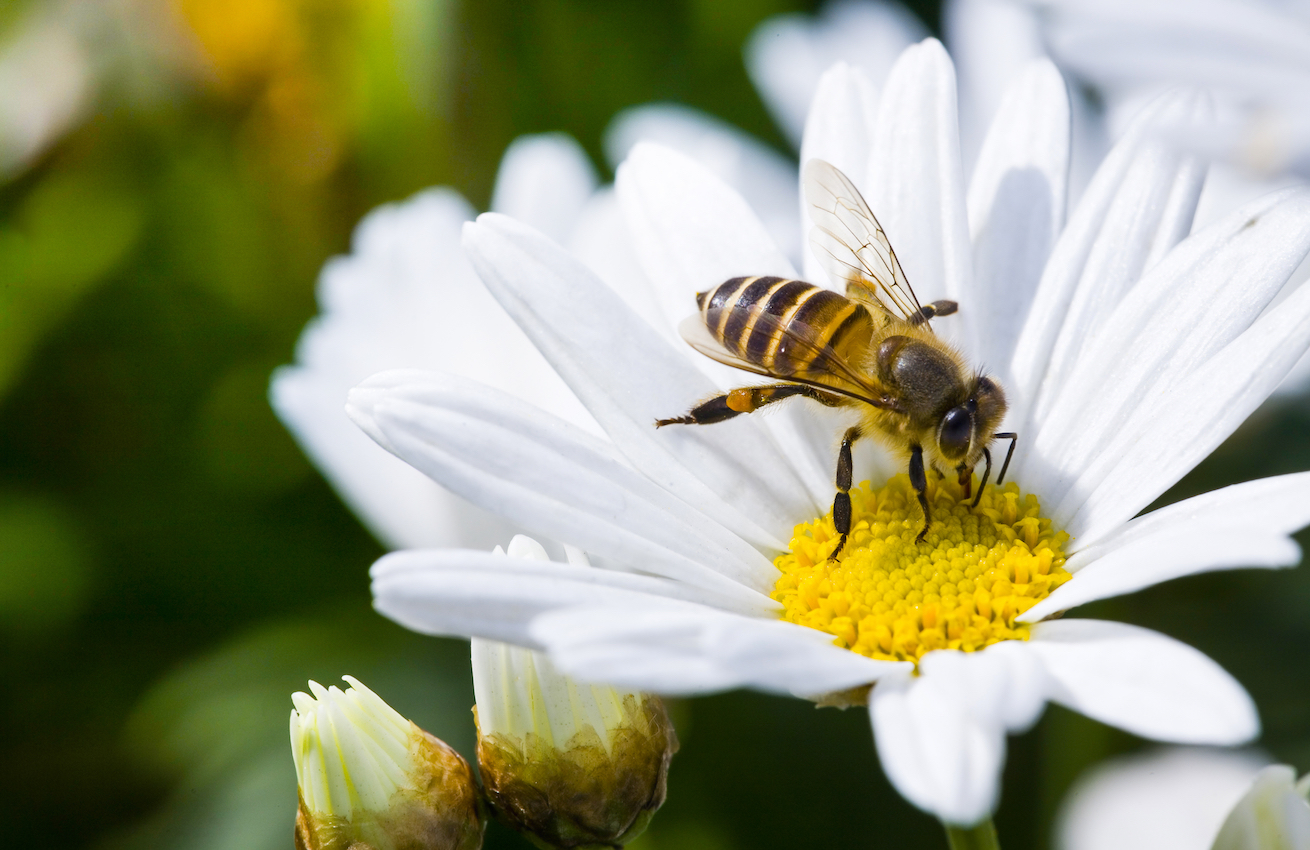
Bees improve their flower routes with experience
New research from the Queen Mary University of London reveals that bees have a strategy to find the best routes between flowers. They are constantly improving the flight paths they take and the order in which they visit flowers, according to the study.
Just like birds, humans, and other animals, bees face the challenge of finding the shortest work route that allows for all the necessary stops.
Previous studies, which examined the order that animals arrived at each destination, have demonstrated that animals often identify the most optimal course. Prior to the current study, however, it had not yet been explained how these routes are determined.
“Animals cannot simply inspect a map to find out where the best food sources are or plan how to get between them,” said lead author Dr. Joseph Woodgate.
As bumblebees set out to forage, they know nothing about the terrain and must explore the landscape. They discover the locations of food sources one at a time and then must somehow merge these memories into an organized route.
“Only by monitoring every move they make as they explore and try to generate a better route, can we understand how they tackle this challenge,” explained Dr. Woodgate.
Using harmonic radar technology, the research team tracked bumblebees as they developed routes to visit a collection of artificial flowers. The bees gradually figured out which flight paths to take to visit all of the flowers.
The experiment produced one of the largest datasets of bee flight ever recorded, along with the first-ever comprehensive look at route development. The researchers found that the movements of bees in between feeding stations are critical in understanding how animals tackle the challenge of finding optimal routes.
The study showed that the bees began flying straighter and exploring less as they gained experience. As a result, their flight path distances and the time it took for the bees to complete their routes were greatly reduced.
However, the bees never became completely dedicated to the exact same routes. The researchers uncovered evidence that suggests that they use random processes to introduce some variation into their paths, which may help them change up the order of feeding stops to test for route improvements.
“Understanding how small-brained animals like bees find efficient rules-of-thumb to accomplish complex and flexible behaviours has great potential to inform the development of artificial intelligence and advanced robots,” said study co-author James Makinson.
“It’s also important to understand how bees and other pollinating insects search for food and use the landscape is crucial to managing the risks to pollinator services posed by habitat loss and agricultural intensification.”
The study is published in Scientific Reports.
—
By Chrissy Sexton, Earth.com Staff Writer













